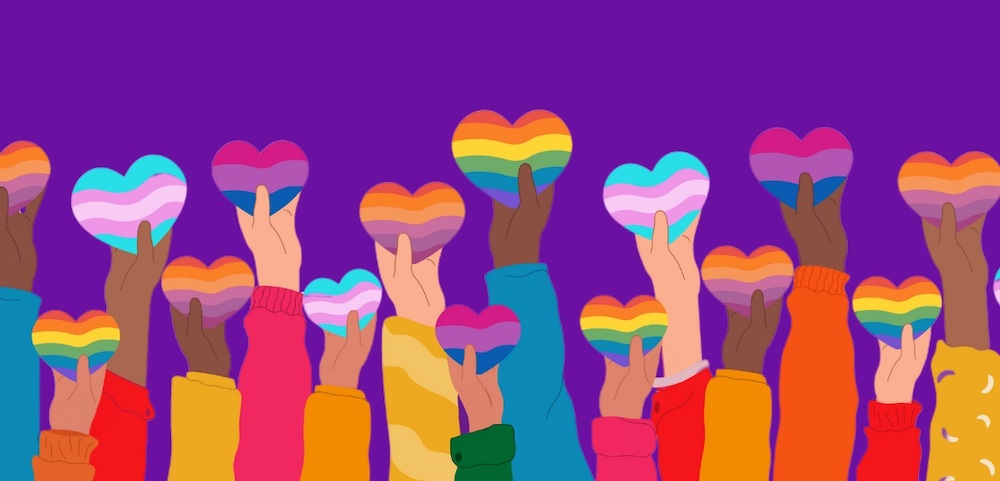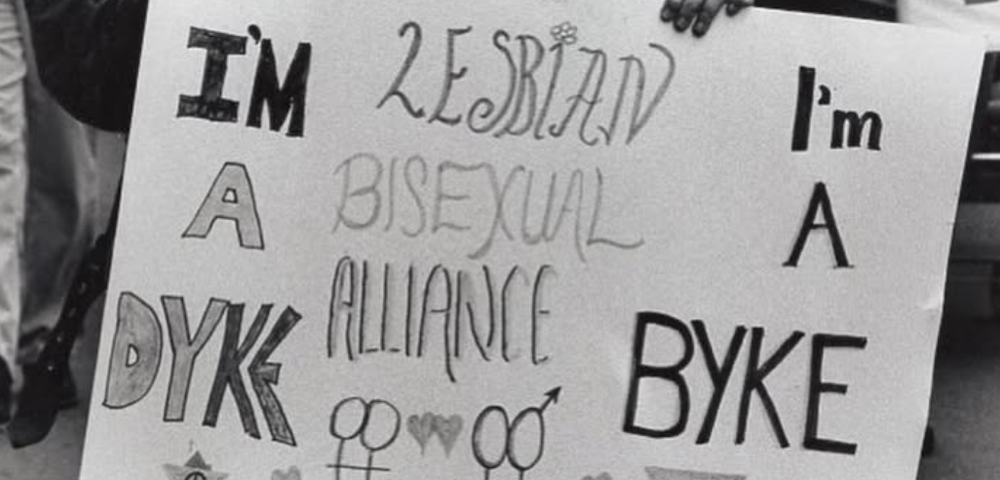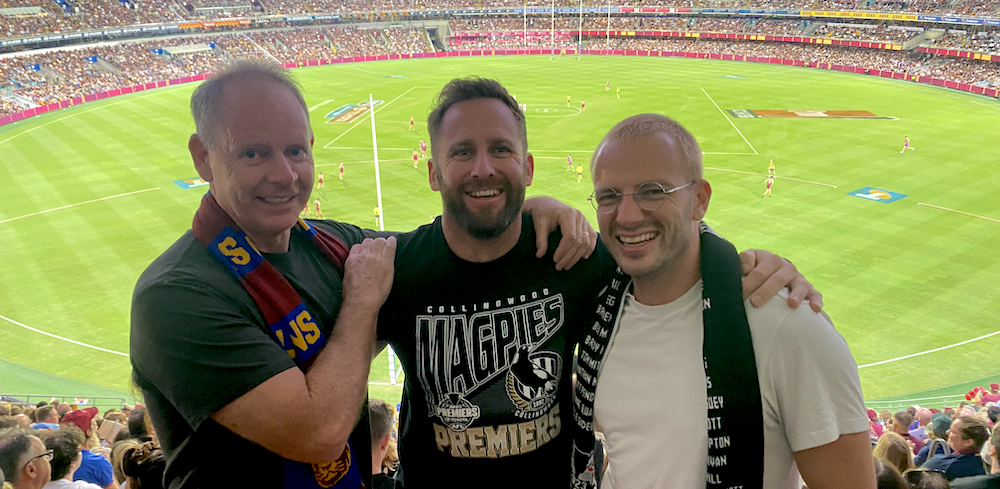
The box
 In a recent workshop for same-sex attracted men, a participant asked the question, “Why do we like to box people?” What he meant by this question is the tendency for us to label people’s sexuality based on who they are having sex with. The most commonly used labels are ‘gay’, ‘lesbian’, ‘bisexual’, ‘straight’ and ‘queer’. Yet, for this particular participant, sexual labels were problematic because he felt human sexuality is fluid. “If we ask people to accept sexual diversity, what’s the point of labels?” he added.
In a recent workshop for same-sex attracted men, a participant asked the question, “Why do we like to box people?” What he meant by this question is the tendency for us to label people’s sexuality based on who they are having sex with. The most commonly used labels are ‘gay’, ‘lesbian’, ‘bisexual’, ‘straight’ and ‘queer’. Yet, for this particular participant, sexual labels were problematic because he felt human sexuality is fluid. “If we ask people to accept sexual diversity, what’s the point of labels?” he added.
It is true that we often ask people to embrace diversity. We put forward the argument that, in a heterosexually dominated society, it is important to celebrate multiple forms of human desire other than heterosexuality. Sexual labels other than ‘straight’ become more than just a signifier of identity, but also a political stance to celebrate sexuality pride. Furthermore, sexual labels can help us to find a community that we feel we belong to. Think back to the joy that you experienced when you first went to a GLBTIQ community festival because you were surrounded by people who were just like you.
Yet, for some people, sexual labels can be limiting instead of liberating. They feel that attaching a specific label to their sexuality does not truly capture whom they are attracted to, both sexually and emotionally. Suddenly, identifying with a specific label becomes a burden. This is because there are expectations and norms attached to a label. For instance, some men find the label ‘gay’ problematic because it does not allow room for fluidity in sexual feelings, behaviours and identity. Yet, they often encounter people who ask them to ‘choose a side’ because it is easier for others to understand their sexuality even though they do not label themselves as one or the other.
The above example demonstrates a limitation with sexual labels. It can be difficult to move away from categorising people because we have been conditioned to apply a specific category to one’s sexuality. ‘The box’ becomes a metaphor for restrictions that we impose onto each other based on our current understanding of sexual identity. In doing so, we often forget that our feelings, behaviours and identity often do not correspond with the available sexual labels.
It is then beneficial to think outside the box. This is especially relevant when working with same-sex attracted men, as some men identify as ‘gay’, others as ‘bisexual’, while others do not attach a label to themselves at all. Creating an accepting and welcoming environment for these men goes beyond political correctness – it is also a move towards truly celebrating and embracing diversity in human sexuality.
The Victorian AIDS Council/Gay Men’s Health Centre runs several workshops for same-sex attracted men. To find out more, visit www.vicaids.asn.au/peer-education









